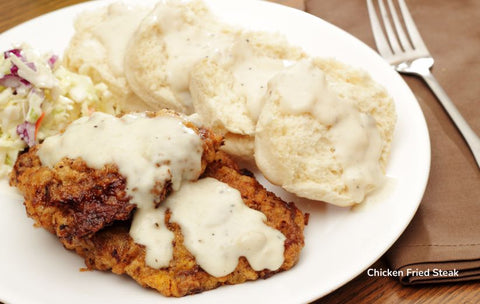I used to struggle with cooking the perfect steak until I learned a simple technique from Chef Todd Mohr. Now, I can achieve restaurant-quality results every time, and I want to share that with you.
The "When to Flip" Technique:
Pan-frying allows me to control the cooking process and achieve perfect results. Here's how to know when to flip your steak:
- Visual Cues: Watch the sides of the steak. As it cooks, the cooked portion will visibly change color upward from the bottom, showing a distinct change in color and texture. You'll also see liquid start to pool on the top of the steak.
- Halfway Cooked: Flip the steak when the cooked portion reaches approximately halfway up the side.
- The "Release" Test: When the steak is properly seared, it will naturally release from the pan without sticking. If it sticks, it's not ready.
- Avoid Over-Flipping: Flip the steak only once or twice for even cooking.
Ingredients:
- 1 Old Time Sirloin, Strip, Ribeye, or Filet Steak
- 1 tbsp light olive oil or butter
- Salt and pepper, to taste
Directions:
- Pat the steak dry with paper towels. Season generously with kosher or sea salt.
- Heat light olive oil or butter in a heavy-bottomed skillet over medium-high heat.
- Place the steak in the hot skillet.
- Follow the "When to Flip" technique above.
- Cook to your desired doneness, using a meat thermometer if needed.
- Remove the steak from the skillet and let it rest for 5-10 minutes before slicing.
Simple Salad Suggestion:
While your steak rests, toss mixed greens with cherry tomatoes, cucumber slices, and your favorite vinaigrette. Slice the steak against the grain and arrange it over the salad.
Tips:
- For a medium-rare steak, aim for an internal temperature of 130-135°F (54-57°C).
- Resting the steak allows the juices to redistribute, resulting in a more tender and flavorful steak.





